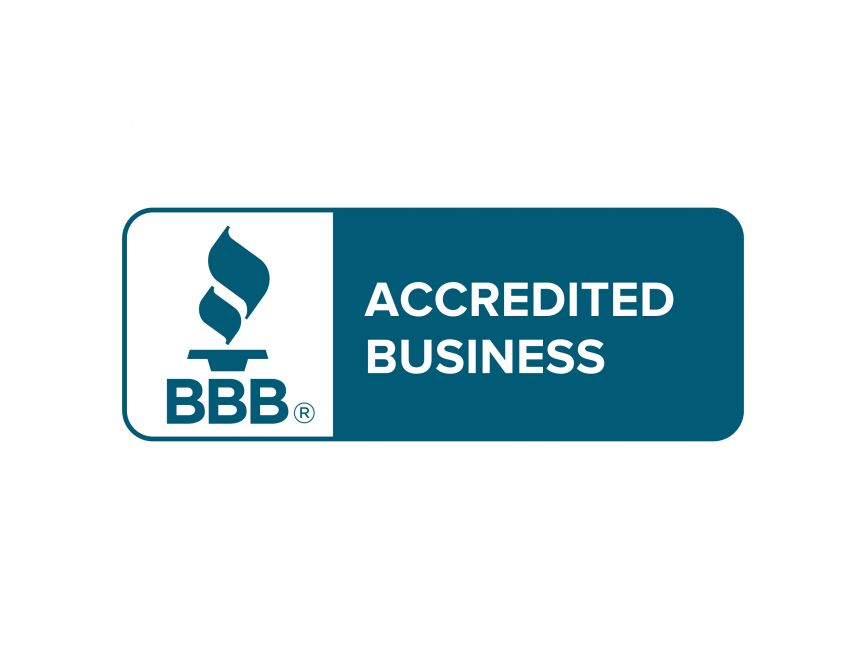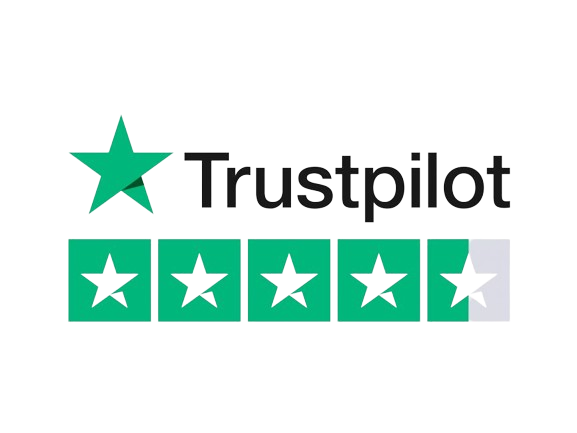Financial stress is a common challenge that can feel overwhelming. Whether it’s rising debt, a tight budget, or unexpected expenses, money problems often lead to anxiety and frustration. The good news? You can take back control and reduce your stress with the right approach.
This guide provides practical strategies to manage financial stress, improve your financial situation, and build long-term stability.
Why Financial Stress Is So Common
Money has always been tied to survival, which is why financial struggles can trigger intense stress. Studies show that money problems are one of the top sources of anxiety worldwide, affecting mental health and overall well-being.
Common Causes of Financial Stress
- Debt accumulation – Credit cards, student loans, and personal loans can feel like a never-ending burden.
- Insufficient income – Struggling to cover basic expenses creates ongoing financial anxiety.
- Unexpected expenses – Job loss, medical bills, or emergencies can disrupt financial stability.
- Lack of financial literacy – Not knowing how to budget, invest, or save can make financial decisions overwhelming.
- Lifestyle inflation – Increasing spending as income grows can lead to unnecessary financial pressure.
Practical Steps to Manage Financial Stress
1. Create a Budget That Works
A well-planned budget helps you understand where your money is going and identify areas to cut back.
- Use the 50/30/20 Rule – Allocate 50% to needs, 30% to wants, and 20% to savings or debt repayment.
- Track spending – Use apps like Mint or YNAB to monitor expenses.
- Cut unnecessary costs – Reduce non-essential spending to free up money.
2. Build an Emergency Fund
An emergency fund prevents unexpected expenses from leading to debt.
- Start small – Aim for $1,000 first, then work towards 3-6 months of living expenses.
- Automate savings – Set up automatic transfers to your emergency fund.
3. Tackle Debt Strategically
A structured debt repayment plan can ease financial stress.
- Debt Snowball Method – Pay off the smallest debt first for quick wins and motivation.
- Debt Avalanche Method – Focus on the highest-interest debt to save more over time.
4. Improve Financial Literacy
Educating yourself about money management builds confidence and long-term security.
- Read financial books – The Simple Path to Wealth by JL Collins is a great start.
- Listen to money podcasts – Try The Dave Ramsey Show for practical advice.
- Take online courses – Platforms like Coursera or Udemy offer free personal finance courses.
Building Financial Resilience for the Future
1. Set Long-Term Financial Goals
Whether it’s saving for retirement, buying a home, or investing, having clear goals keeps you focused.
2. Adapt to Life Changes
Regularly review your budget and savings plan to adjust for new challenges or opportunities.
3. Manage Stress Proactively
Financial stability isn’t just about numbers—it’s also about mindset. Practice mindfulness, deep breathing, or meditation to stay calm and focused during financial challenges.
Take Action & Regain Control
Financial stress may feel overwhelming, but small, consistent actions can lead to lasting financial security. Start with budgeting, saving, and learning more about money management. Progress happens step by step—so take that first step today.
A stress-free, financially stable future is within your reach! 🚀










